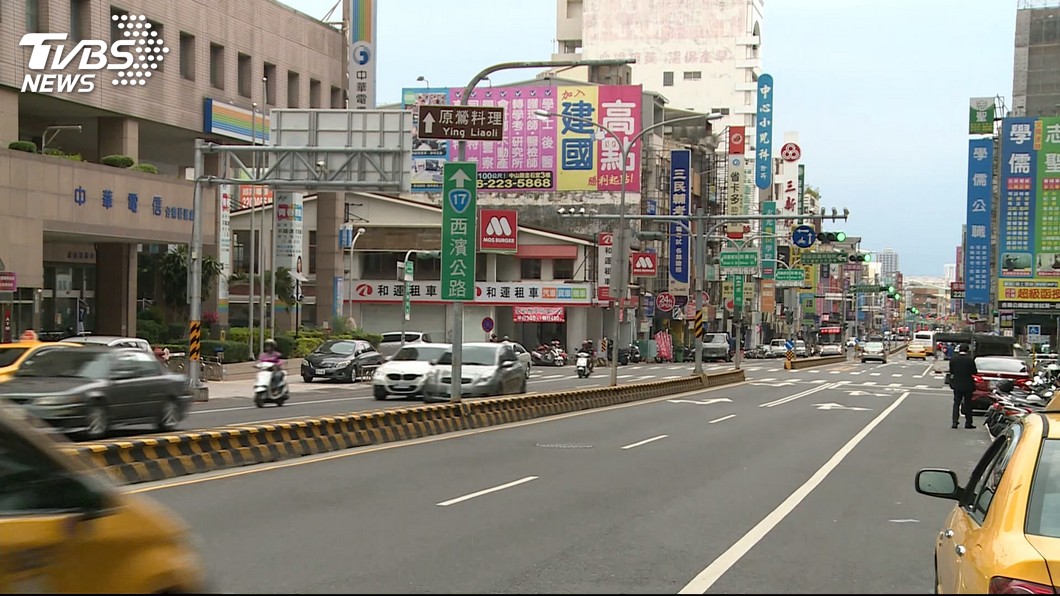TAINAN (TVBS News) — Tainan City Councilor Shen Chen-tung (沈震東) raised concerns on Thursday (May 23) about the progress of the Tainan Rapid Transit Green Line, highlighting the challenges of its route planning through the city and potential impacts on the skyline and underground relics of the old city area.
Tainan's Bureau of Transportation, led by Director Wang Ming-te (王銘德), emphasized the line's significance as a crucial east-west connection and announced the initiation of a feasibility study revision on Feb. 17, 2024.
Wang mentioned that, in addition to evaluating an elevated structure, the feasibility of using the Tunnel Boring Machine (TBM) method for sections of the old city was under consideration.
This method, which allows for deep excavation to avoid disturbing historical sites, could significantly reduce the impact on underground cultural assets. However, the underground approach is twice as expensive as elevated options, prompting discussions between the Bureau of Transportation and the Cultural Affairs Bureau, led by Director Hsieh Shih-yuan (謝仕淵), to circumvent issues related to cultural heritage.
To mitigate the impact on the old city districts, the original plan, which included routes through Chenggong Road and Ximen Road, was revised. A new station, "Xiaodong Station," is now planned to redirect the route towards Anping District.
Shen stressed the importance of early public disclosure of route plans to avoid delays caused by the discovery of underground cultural structures. Meanwhile, Wang revealed that the Tainan Metro Blue Line is set to begin construction in 2026 and complete by 2031, with the Red Line's feasibility study nearing completion.
The Red Line will not extend into Kaohsiung City, as previously considered, following Kaohsiung's decision to conduct its feasibility assessment independently and report to the Ministry of Transportation and Communications.
This development marks a significant step in Tainan's urban planning, balancing modern infrastructure needs with the preservation of its rich cultural heritage. As the city moves forward with its rapid transit plans, the careful consideration of historical preservation alongside urban development sets a precedent for future projects.











